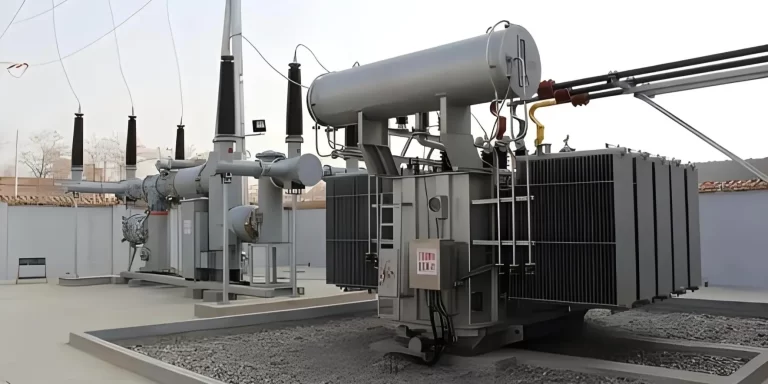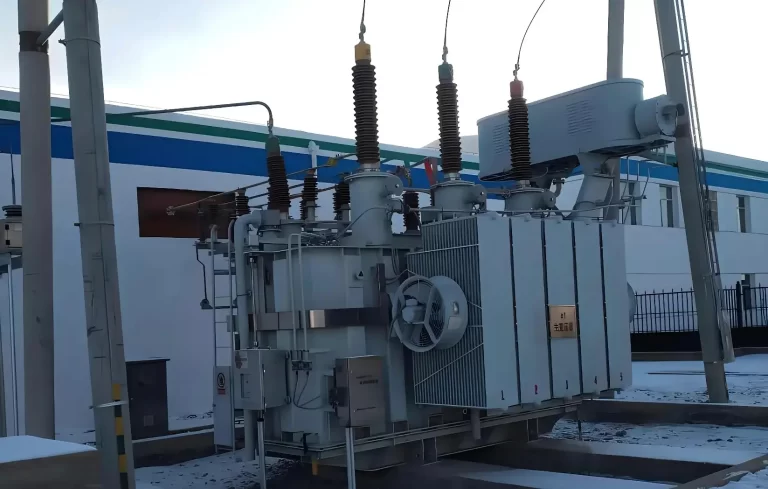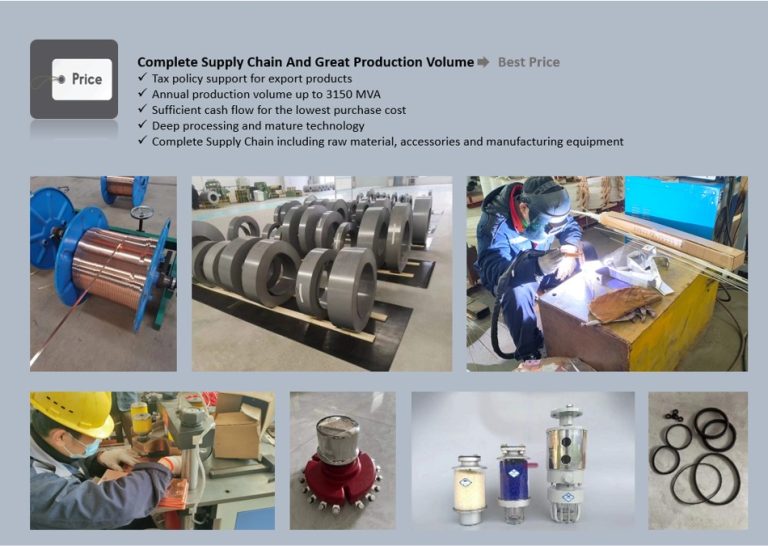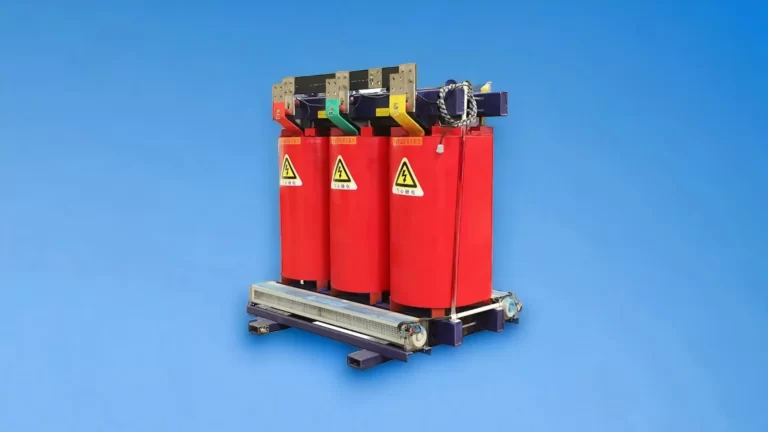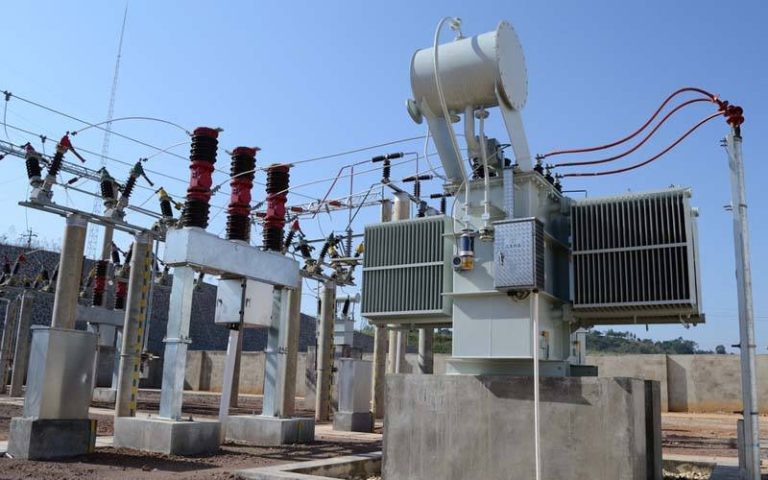Power stations are crucial for generating and distributing electricity to homes, businesses, and industries. These facilities require various equipment to ensure a smooth and efficient power supply. One of the key components used in power stations is transformers. But what type of transformer is used in these facilities? Let’s explore.
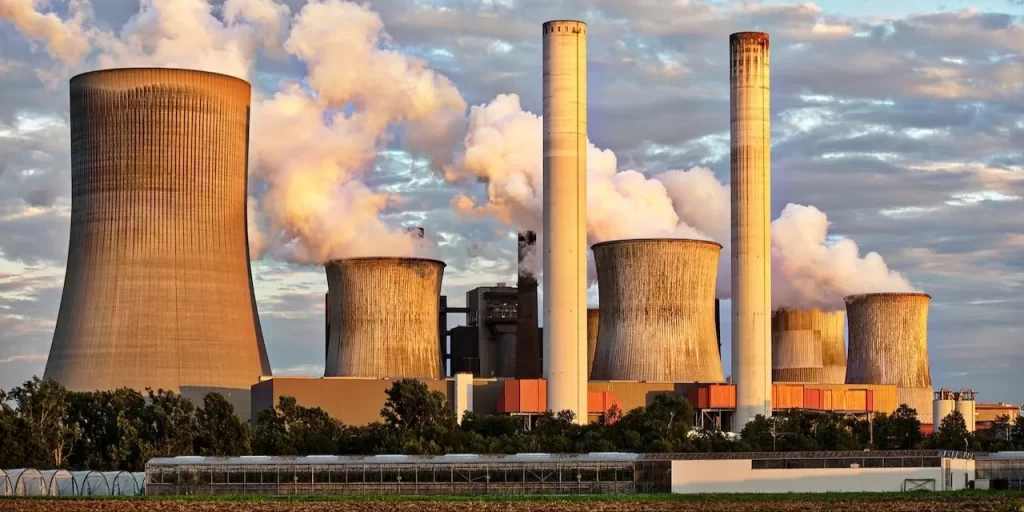
Table of Contents
Step-Up Transformers
Power stations typically use step-up transformers. These transformers play a vital role in increasing the voltage of electricity generated at the power station before it is transmitted through power lines. The primary purpose of step-up transformers is to minimize energy losses during long-distance transmission.
High Voltage Transmission
Step-up transformers enable power stations to transmit electricity at high voltages. By increasing the voltage, the current can be reduced, resulting in lower energy losses during transmission. This is based on the principle of Ohm’s Law, which states that power loss is proportional to the square of the current.
Efficiency and Power Loss
Using step-up transformers in power stations helps improve overall efficiency. When electricity is transmitted at high voltages and low currents, the power loss due to resistance in the transmission lines is significantly reduced. This means more electricity reaches its destination without dissipating as heat.
Step-Down Transformers
While step-up transformers are used for transmission, power stations also employ step-down transformers. These transformers are responsible for reducing the voltage to a safer and more usable level before supplying electricity to homes and businesses.
Distribution to End Users
Step-down transformers are crucial for distributing electricity to end users. They lower the voltage to levels suitable for household appliances and industrial equipment. This ensures the safe and efficient use of electricity without risking damage to electrical devices.
Types of Transformers
Both step-up and step-down transformers used in power stations can be further classified into different types based on their construction and design. Some common types include:
- Oil-filled transformers
- Dry-type transformers
- Gas-insulated transformers
- Pad-mounted transformers
Conclusion
Power stations rely on transformers to ensure the efficient generation, transmission, and distribution of electricity. Step-up transformers increase the voltage for long-distance transmission, while step-down transformers reduce the voltage for safe use by end users. By understanding the different types of transformers used in power stations, we can appreciate the complex infrastructure that enables us to access electricity reliably.

